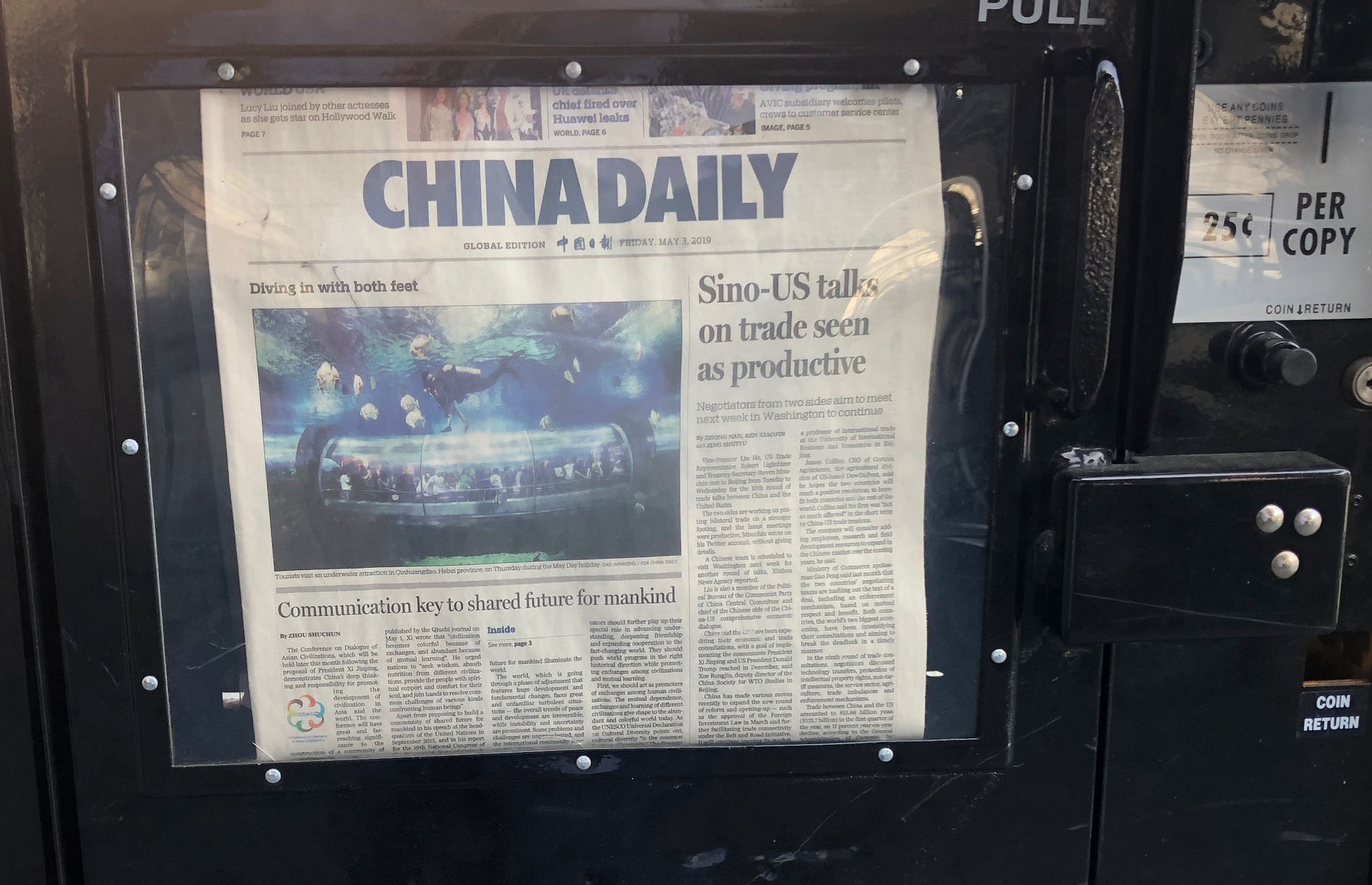China has the fastest growing economy – and middle class – in the world
By Morf Morford
Tacoma Daily Index
I lived in Beijing, China for almost all of 1999.
That was a memorable year in many ways. In terms of the economy and technology, meteoric growth and unimaginable hardware and software seemed to emerge on every headline and fortunes were made on IPOs and anything seemed possible.
In China, the internet and internet access was relatively new, fairly expensive and, presumably, monitored.
But that didn’t matter – the economy in China was exploding – there were pop-up shops on every wide sidewalk or vacant lot.
Few, if any, of these budding entrepreneurs were “official” – fake and pirated products were everywhere. Anyone who could afford (or borrow) a blue tarp could sell anything they could grow, make or find.
You could find blurry DVDs of the latest Hollywood blockbuster on the streets of Beijing the day after its big screen opening in the USA.
You could also find every imaginable object – and many far beyond the typical American’s imagination – from living things like turtles, to (possibly) ancient objects or coins, unidentifiable fresh fruits, live birds, elaborately painted kites and crafted wood, bone, bamboo or stone that defied Western ideas of design, skill or even possibility.
In short it was a economic free-for-all. And for those of us with eyes to see, it was the ultimate economic indicator of the next century – or more.
There was no doubt that every principle of marketing, management and distribution was being burnished on the streets in the real world – not in business school seminars or case studies.
This was a true economic miracle taking shape in the muddled, chaotic streets and alleys of China.
In the years that followed, China’s economy grew at a rate surpassing 20%.
China’s middle-class was expanding by the day.


In early 1999 the streets were filled with hordes of people on bicycles. Only the very rich – or government official had cars. Just a few years later, the bikes would (for the most part) disappear and become replaced by cars.
China became a major economic player – and then the third largest economy, and then the second, and by 2020, most economists project, the largest economy in the world. (1*)
That’s about six months away. But I could have told you that we would see that happen twenty years ago.
In the past few years China’s economy has “slowed” to an annual rate of about 7%.
For us, anything above 3% warrants headlines.
If you remember way back to 1999, the American media was abuzz with dire projections about Y2K and the panic and inevitable economic collapse of North America and Europe – especially the technology sectors.
The advice back then was simple – buy gold, guns and honey. In other words, panic, shelter in place and wait for the economic storm to pass.
In barely digital 1999 China the news could not have been more different – yes, the short-sighted Westerners had not foreseen the technological challenges of the 21st Century and the economy and culture of North America and Europe were on the verge of implosion, but there was no cause to worry; China was ready and willing to step out on the world stage and steer the world through the coming troubled waters.
The common thinking in China at the time was that the 20th Century was indeed ‘the American Century” but the 21st Century belonged to China.
Many Americans sneered – but then the dot-com bubble burst just few months into 2000. (2*)
And then in 2008 The Great Recession hit us. But it didn’t hit China.
There’s an old saying in global economic circles – “When America coughs, the rest of the world gets the flu”.
I haven’t heard that lately.
But now, for a variety of reasons, when China tilts one way, the rest of world, willingly or not, tends to follow.


If the Chinese economy sputters, the rest of the global economy teeters on catastrophe. If you have the nerve to follow the intricacies of the Chinese economy, I suggest this website – https://tradingeconomics.com/china/gdp-growth.
And if we (or anyone else) applies tariffs or any other trade restrictions on China, you can be assured of three things; the Chinese will not forget, they will easily find other markets – and they won’t return to us.
And it is not just China.
Economies we barely noticed just a few years ago are now, or soon will be, larger, even much larger, than the European nations we have taken as models of economic growth.
For a sobering look at the economy of the future, take a look here – https://www.visualcapitalist.com/worlds-largest-10-economies-2030/ or here http://fortune.com/2017/02/09/study-china-will-overtake-the-u-s-as-worlds-largest-economy-before-2030/.
In summary, seven of the top ten economies in 2030 will be so-called “emerging economies” like Indonesia and Egypt.
In order, you can expect to see China with a projected GDP of over 64 trillion, India with a GDP of over 46 trillion, USA at 31 trillion, Indonesia at 10 trillion, Turkey at 9 trillion, Brazil at about 8.5 trillion, Egypt at just over 8 trillion, Russia at just under 8 trillion, Japan at a touch over 7 trillion and Germany at just under 7 trillion.
I don’t know about you, but to see Japan trailing at number nine in a list of the projected major economies and Germany at dead last makes me wonder how every aspect of our economy will be different in just a few years.
The European economies are expected to keep growing at lower rates and the American middle class is expected to keep shrinking.
In short, several “new” economies are emerging, changing the rules and redefining what it means to be a thriving economic force.
Hazards and opportunities are many. May you live long and prosper.
(1*) https://bigthink.com/politics-current-affairs/china-worlds-biggest-economy-2020. And India is expected to surpass the US economy by 2030.
(2*) It lasted from March to October of that year. Many large companies, like Worldcom and Pets.com died and several, like Cisco, Qualcomm and even eBay and Amazon floundered but recovered.








